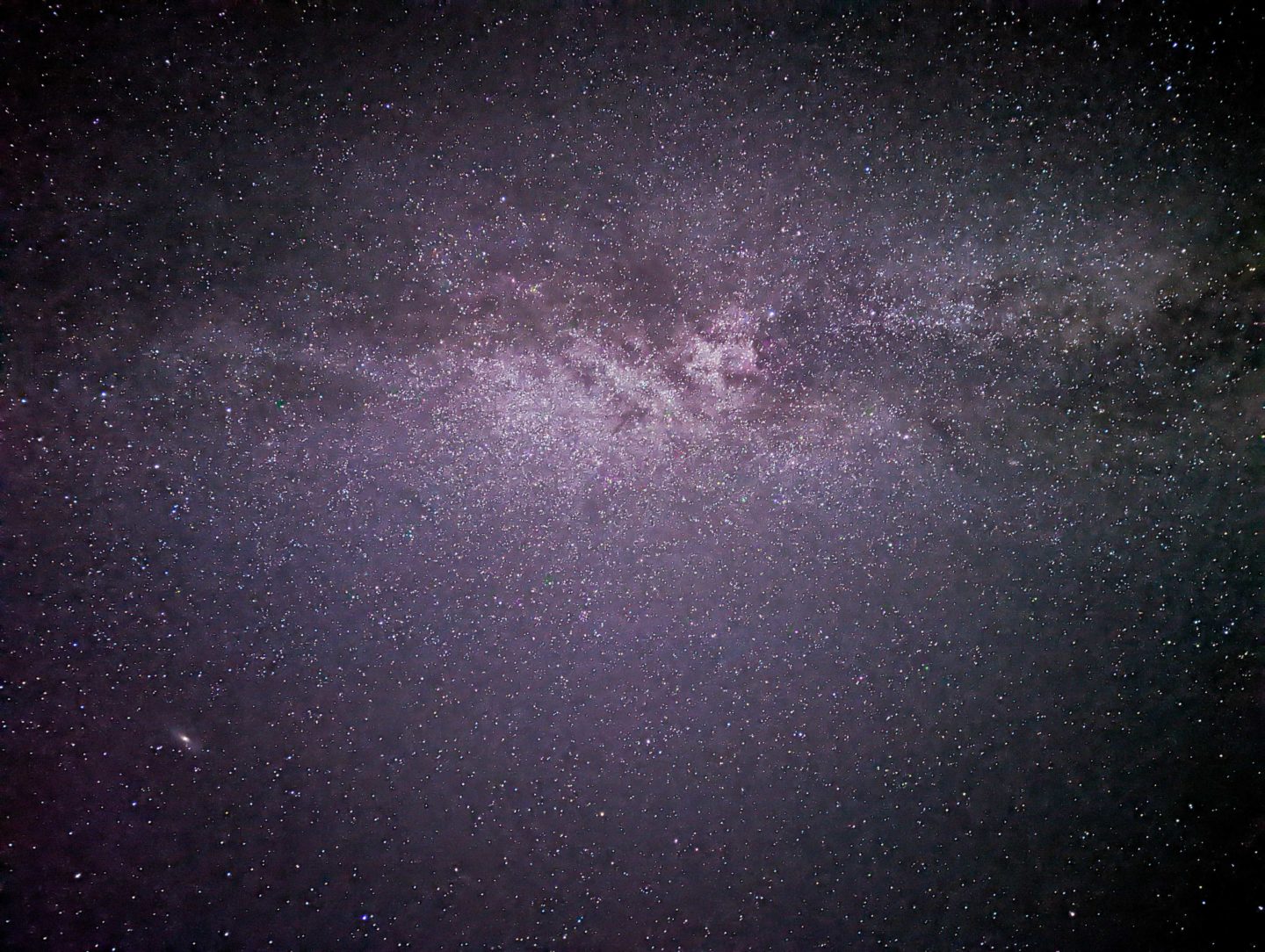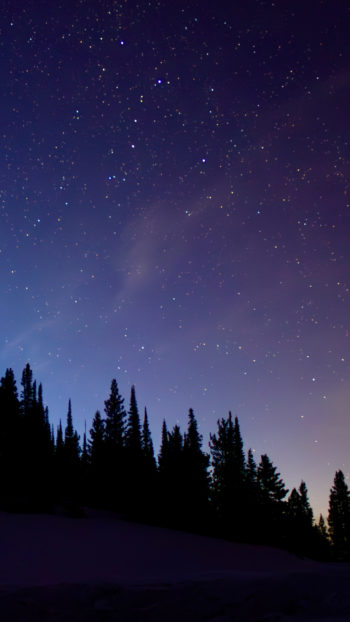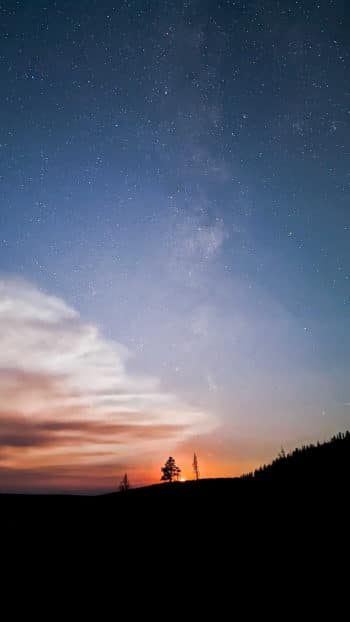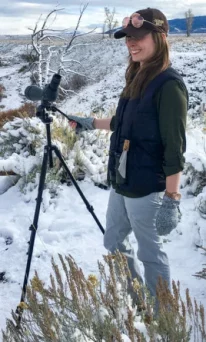Stargazing in Yellowstone National Park is an experience like no other. With some of the darkest skies in the country and stunning celestial displays, visitors can witness the Milky Way, shooting stars, and even distant galaxies. But to get the most out of your night sky adventure, proper preparation is key. With these Yellowstone stargazing tips, you’ll get information on the best locations, essential gear, safety precautions, and how to enhance your experience with a guided tour.
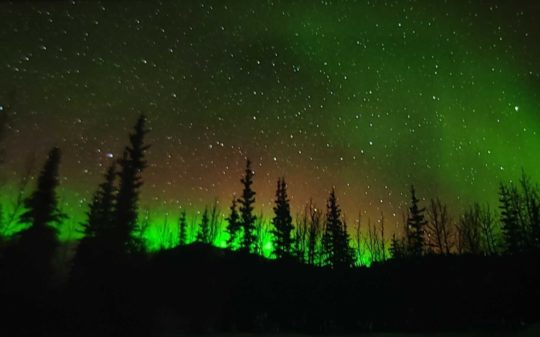
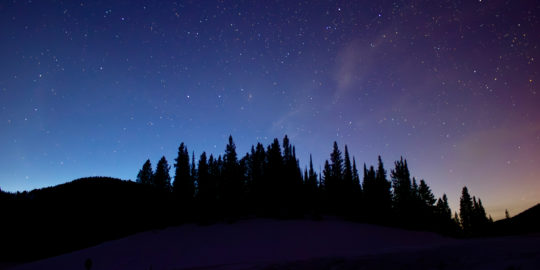
Why Yellowstone is One of the Best Places for Stargazing
Yellowstone National Park is not only renowned for its geothermal wonders and wildlife but also stands out as one of the best places for stargazing in the United States. Its combination of remote location, minimal light pollution, and awe-inspiring natural beauty creates the perfect environment for a night under the stars.
Minimal Light Pollution & Protected Dark Skies
With no major cities nearby, there is very little light pollution in the Greater Yellowstone Ecosystem. This makes the dark sky of Yellowstone ideal for stargazing as it allows for spectacular views of the Milky Way, star clusters, and other deep-sky objects. While some regions of the park have limited visibility due to proximity to roads or buildings, many areas remain untouched by artificial light, offering pristine, dark skies.
High Elevation for Crisp, Clear Views
The park’s high elevation (with peaks like Gibbon Peak reaching 10,000 feet) provides an extra advantage for stargazing. The higher you go, the less atmosphere there is between you and the stars, which means clearer, sharper views. Being at higher altitudes also means you’ll be above much of the lowland light pollution that can distort night sky visibility in cities.
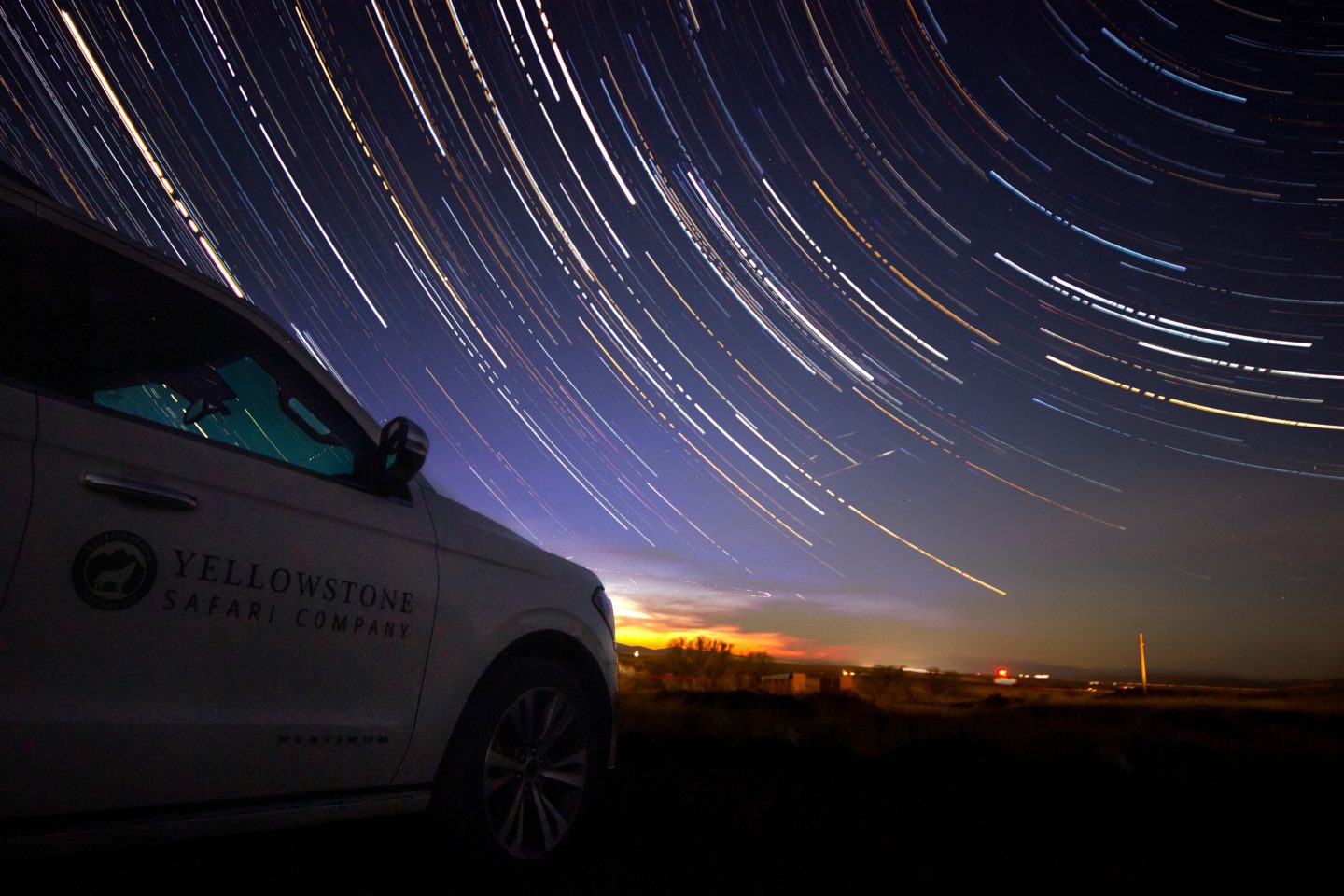
How to Prepare for a Night Under the Stars
Spending a night under the stars in Yellowstone is a magical experience, but it requires a little preparation, as the park can be unpredictable. Whether you’re camping, stargazing, or just enjoying the wilderness, here’s how you can prepare for an unforgettable night in Yellowstone.
Best Gear to Bring for Stargazing
When preparing for a night under the stars in Yellowstone, it’s important to pack clothing that can be layered, such as a moisture-wicking base layer, an insulating layer, and a waterproof shell, since temperatures can vary from hot during the day to chilly at night. Even in summer, evenings, especially at higher altitudes, can be cold, so don’t forget a hat and gloves, and even a warm blanket. A headlamp is essential for hands-free lighting at night, and extra batteries are important. Additionally, carry a first aid kit, insect repellent to combat mosquitoes, and bear spray, as grizzly and black bears are common in the park and safety should always be a priority.
Choosing the Right Night – Weather & Moon Phases
To make the most of your night under the stars in Yellowstone, consider both the weather and moon phase. Clear skies are essential for stargazing, so check the forecast for minimal cloud cover and prepare for cold nights, especially at higher elevations. For the best experience, aim for a New Moon, as its lack of moonlight will provide dark skies ideal for stargazing. Avoid a Full Moon, which can wash out the stars. Planning your trip around a New Moon and favorable weather conditions will ensure a spectacular night under the stars.
Using Stargazing Apps and Maps for Navigation
Stargazing apps like SkySafari and Stellarium are great tools for identifying constellations and celestial objects in real-time by simply pointing your phone at the sky. These apps often include night mode to preserve your night vision. You can also bring along a physical star map or printed guide in case you lose signal or want a break from screens. These tools make stargazing in Yellowstone easier and more enjoyable, helping you navigate the night sky with ease.
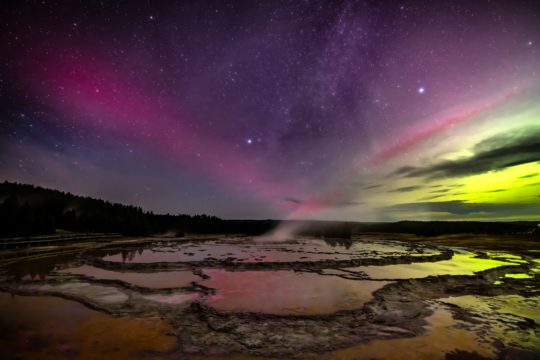
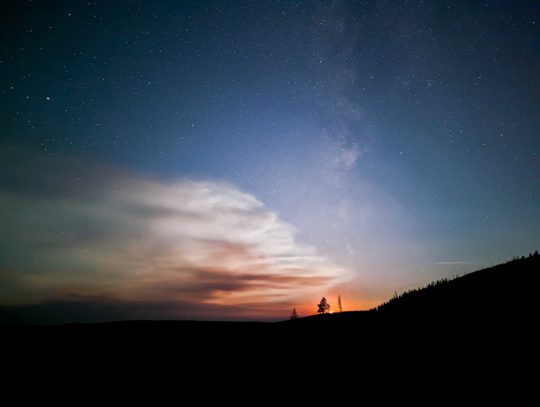
The Best Locations for Stargazing in Yellowstone
Yellowstone offers several prime locations for stargazing, where you can enjoy clear, dark skies away from light pollution. Some of the best stargazing spots in Yellowstone include:
Lamar Valley – Wide Open Skies & Wildlife
Known for its wide-open spaces and minimal light pollution, this area offers stunning views of the night sky and is great for wildlife watching at dusk too.
Yellowstone Lake – Perfect for Milky Way Viewing
At a high elevation, this area offers incredible vistas of both the lake and the starry sky, especially on clear nights with little wind. In calm conditions, you can enjoy a stunning reflection of the stars on the water’s surface, which is particularly enchanting for Milky Way viewing in Yellowstone!
Old Faithful – Geysers Under the Stars
The proximity to the iconic geyser makes this a popular spot, and while it’s slightly more visited, you can still find dark skies around the area, especially in the evening after the crowds thin out.
Safety Tips for Nighttime Exploration
Nighttime exploration in Yellowstone can be magical, but it’s important to stay safe, especially in a wilderness area with unpredictable weather and wildlife.
Wildlife Awareness – Staying Safe in the Dark
At night, it’s easy to get disoriented. Stick to well-established trails or campsites, and consider bringing a flashlight or headlamp with extra batteries. Bears, both grizzly and black, are active at night. Carry bear spray and make noise while hiking or moving around your campsite to avoid surprising wildlife.
Dressing for Yellowstone’s Nighttime Temperatures
Nighttime temperatures in Yellowstone can drop significantly, even in summer. Always check the forecast and bring layers to stay warm.
Importance of Using Red-Light Flashlights
A hands-free light source is crucial for navigating at night. Be sure to bring a good quality headlamp with extra batteries. A flashlight with a red light filter will help you see without ruining your night vision.
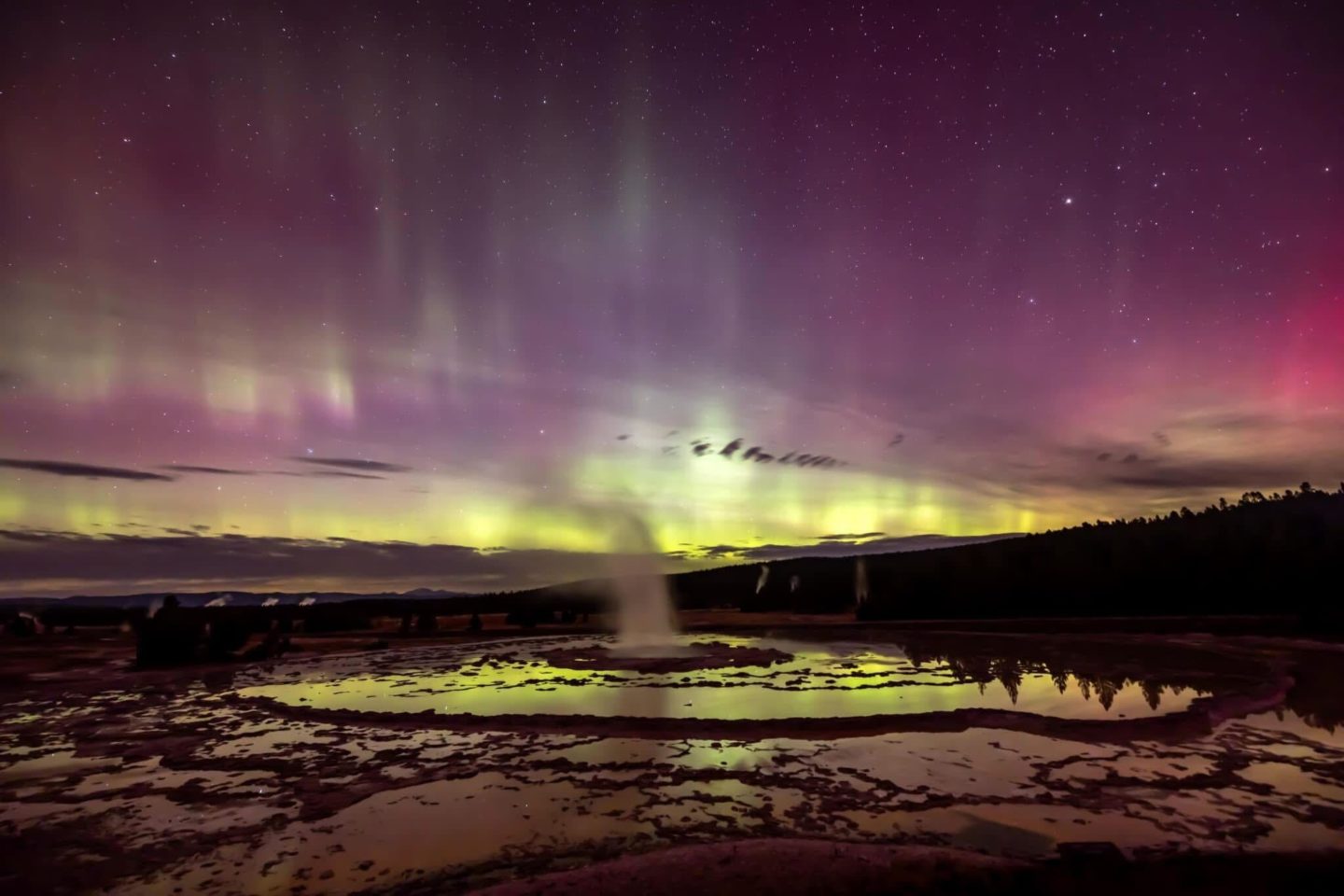
Enhancing Your Experience with a Guided Stargazing Tour
Guided night sky tours in Yellowstone can significantly enhance your experience, offering expert insight into the night sky and the park’s unique natural features. Here’s how a tour can elevate your adventure:
How Expert Guides Improve Your Knowledge
Our guides are seasoned astronomers and naturalists who can identify constellations, planets, and other celestial objects, providing you with fascinating facts about the night sky and the park’s geology, history, and wildlife. If you are a photographer, bring your camera and your guide can help you engage in Yellowstone night photography.
Access to Professional-Grade Telescopes
Our guided tours offer the use of high-quality telescopes, giving you a closer look at distant stars, planets, and even galaxies that are hard to see with the naked eye.
Benefits of Private Stargazing Tours
Private stargazing tours in Yellowstone offer a personalized, intimate experience, allowing you to explore the night sky at your own pace and focus on your specific interests. With access to remote, dark-sky locations and high-quality equipment, you’ll enjoy a peaceful, distraction-free setting and receive expert guidance from knowledgeable astronomers. Whether for a special occasion or simply to learn more about the cosmos, these tours provide an unforgettable, customized experience with the flexibility to suit your schedule and preferences.
Stargazing in Yellowstone is an experience unlike any other; the volcanic landscape bellows steam up towards the vast, open sky bursting with celestial gems while grizzly bears and bison roam nearby. It is like something out of a dream. Don’t pass up the opportunity to gaze into the world above our heads from one of our most treasured national parks!
FAQs
What is the best way to find stargazing locations in Yellowstone?
Remote areas away from lodges and roads, such as Lamar Valley and Yellowstone Lake, offer the best dark-sky views.
How do I avoid light pollution while stargazing?
Choose locations far from artificial lights, avoid using bright flashlights, and let your eyes adjust for at least 20 minutes.
What should I bring for a comfortable night of stargazing?
Warm layers, sturdy shoes, a red flashlight, binoculars, a star map, and a comfortable chair or blanket.
Are there any safety concerns for stargazing in Yellowstone?
Be aware of wildlife, avoid wandering off trails, and always carry bear spray when in remote areas.
Do I need a telescope to enjoy stargazing in Yellowstone?
No, but binoculars can enhance your view! Joining a guided tour provides access to high-powered telescopes for deeper sky exploration.
What’s the best way to learn about the stars while stargazing?
Use stargazing apps like SkyView or Stellarium, bring a star chart, or join a Yellowstone stargazing tour for expert guidance.

